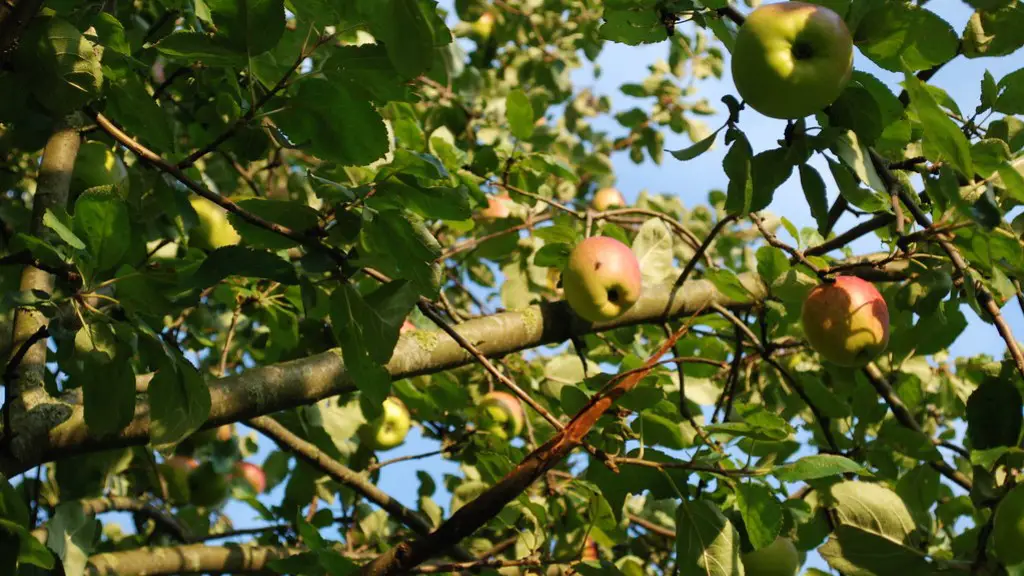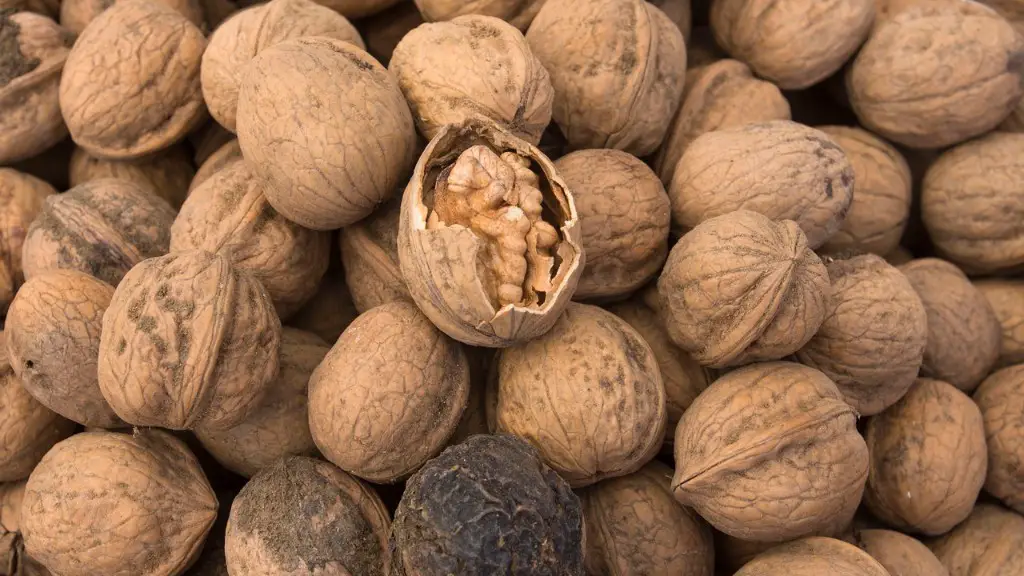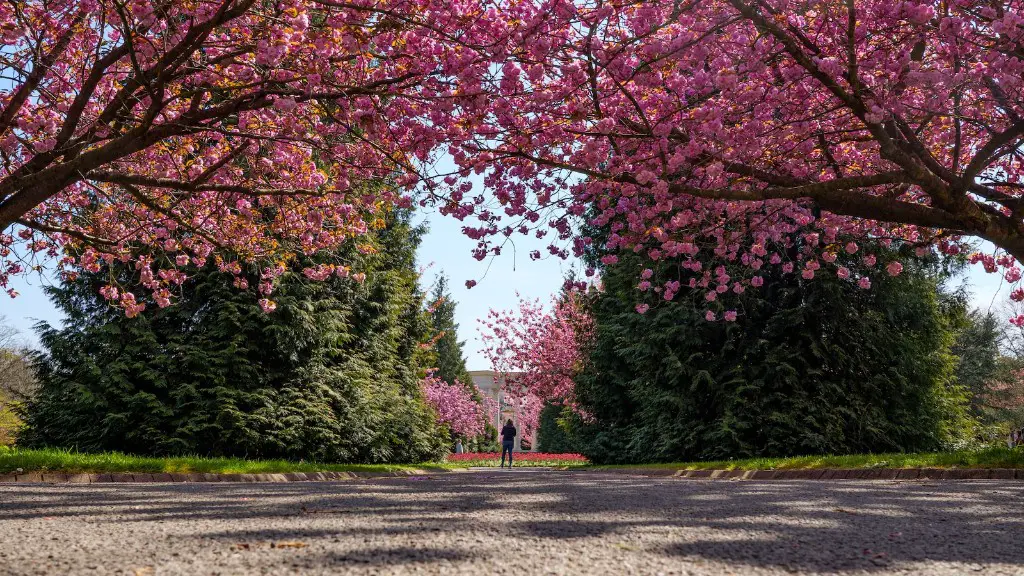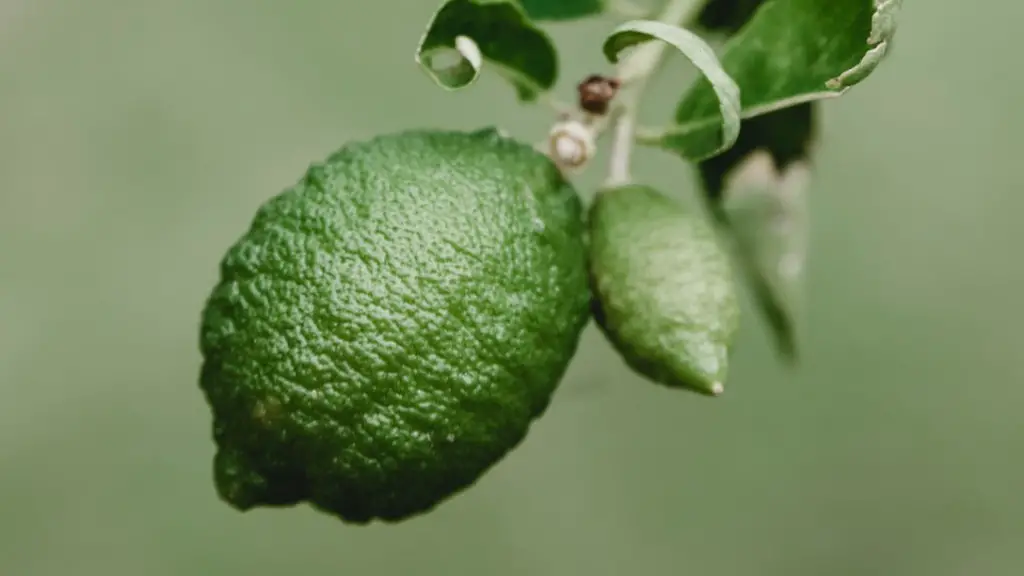Overwintering a lemon tree is an important step in ensuring the health and productivity of the plant. Lemon trees are perennial in nature, which means they need to cope with cold snaps and harsh winter weather if they are to survive and bear fruit. For this reason, proper overwintering is essential to keeping your lemon tree healthy. Here are the steps you should take to overwinter your lemon tree.
Begin by pruning your lemon tree. Pruning helps to remove any diseased or dead branches, as well as shape the tree to enable better air circulation. Prune in late winter or early spring, and use sharp, clean pruning shears to avoid damaging the tree.
Next, apply a deep watering to your lemon tree. Before the ground freezes, give your tree a deep watering so that it’s well-hydrated for the winter months. Apply a 3-4 inch layer of organic mulch around the base of the tree to help maintain soil temperature and moisture levels.
Next, provide some protection for your lemon tree. Cover it with a burlap wrap or blanket to provide insulation from the cold. If temperatures are predicted to be near 0°F, move your lemon tree inside a protected shelter, such as a greenhouse. Move it back outside when temperatures warm up in spring.
Once winter has ended, be sure to continue taking good care of your lemon tree. Remove the burlap and organic mulch, and check for signs of damage or disease. Finally, begin applying nitrogen-rich fertilizer once the weather warms up to ensure your tree has plenty of nutrients to promote strong growth.
Caring for Lemon Tree During Colder Months
In order to keep your lemon tree healthy during the colder months, you should also pay attention to other details of its care. Make sure to check for signs of insect infestations, such as aphids, and spray the tree with an insecticidal soap if necessary. Trim off any dead or diseased branches, and prune in the spring to help manage the tree’s shape and size.
Also, provide your lemon tree with some protection from the wind. Consider planting it on the north side of your house or behind a fence, wall or hedge. Finally, move any pots containing lemon trees indoors when temperatures drop below 20°F.
Winterizing Your Lemon Tree
To ensure your lemon tree survives the cold winter months, you should take steps to winterize it. Begin by pruning your tree to improve air circulation and create a strong, healthy structure. Then, apply a deep watering and organic mulch to keep the tree well-hydrated and protected. Moreover, cover your lemon tree with a burlap wrap or blanket, and move it inside a protected shelter if temperatures are predicted to be near 0°F.
Finally, check regularly for signs of damage or disease, and spray an insecticidal soap if necessary to prevent insect infestations. Move any container lemon trees indoors when temperatures drop below 20°F, and be sure to monitor the foliage for signs of distress throughout the overwintering process.
Early Spring Care for Your Lemon Tree
Once winter has ended, you should continue to take good care of your lemon tree. Begin by removing the burlap and organic mulch, and assessing the tree for signs of damage or disease. Once the weather warms up, begin fertilizing regularly with nitrogen-rich fertilizer to promote strong, healthy growth. Monitor and check for signs of insect infestations and spray with insecticidal soap if necessary.
Trim off dead or diseased branches, and prune in the spring to help manage the tree’s size and shape. Move any container lemon trees back outdoors, and provide some wind protection by planting it on the north side of your house or behind a fence, wall or hedge. Make sure to water and fertilize regularly, and enjoy your lemon tree’s beauty and bountiful harvest.
Protecting Your Lemon Tree from Frost
In cold climates, frost can impact your lemon tree’s health and harvest. Even if the temperature outside isn’t quite cold enough to freeze the tree’s foliage, frost levels can still affect your lemon tree’s growth and vitality. To protect your lemon tree from frost, consider placing it near a heated source, or wrapping it in a burlap wrap or blanket draped over the sides. Another option is to move your lemon tree inside a sheltered area, such as a greenhouse, or wrap it gently in heavyweight plastic.
If you choose to move your lemon tree indoors, make sure to keep it in a cool, temperature-controlled area. Monitor humidity levels and make sure to water regularly, as indoor air can be dry. Finally, once temperatures have warmed up outside and remain steady, be sure to move your lemon tree back outdoors.
Preventing Damage from Hail
During the spring and summer months, hail can damage your lemon tree’s foliage, blooms and fruits. To reduce the risk of hail damage, place your lemon tree near large trees, walls or small buildings that can provide some protection from the elements. You can also cover your lemon tree with an old bed sheet or blanket during storms that may include hail.
Additionally, inspect your lemon tree regularly for signs of hail damage, such as broken or ripped leaves, and thinned or dimpled fruits. If necessary, prune off any dead or damaged branches, and use an insecticidal soap to prevent insect infestations.
Checking Soil Quality and Fertilizing
Finally, be sure to check soil quality regularly and apply fertilizer if necessary. The best time to fertilize is in the early spring and late summer when the lemon tree is in peak growth. Make sure to use a fertilizer that is high in nitrogen, as this helps to promote healthy growth. Be sure to check for signs of nutrient deficiencies as well, such as yellowing leaves and stunted growth. If needed, supplement your lemon tree’s diet with organic matter, such as compost, homemade plant tea or kelp meal.



